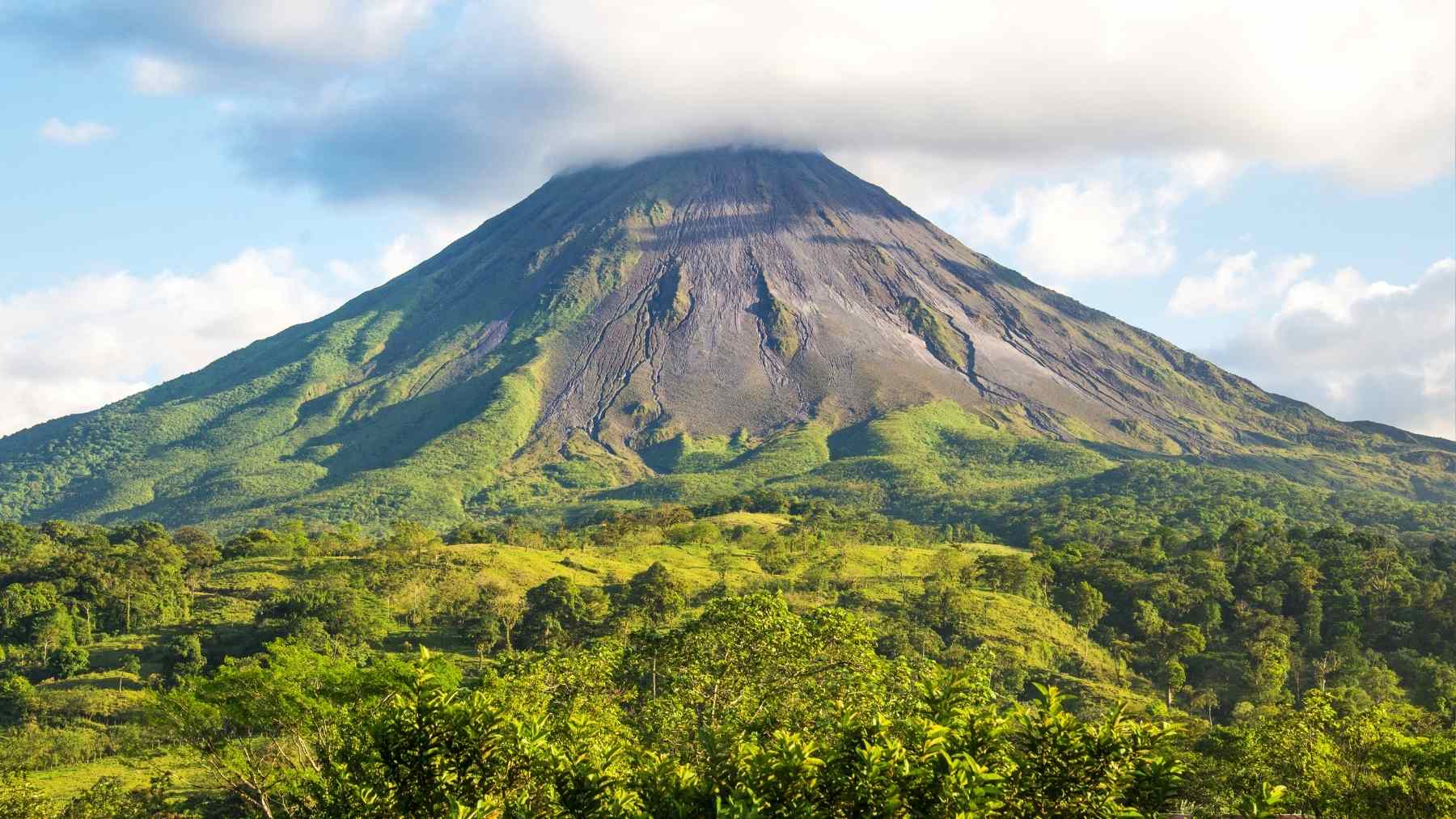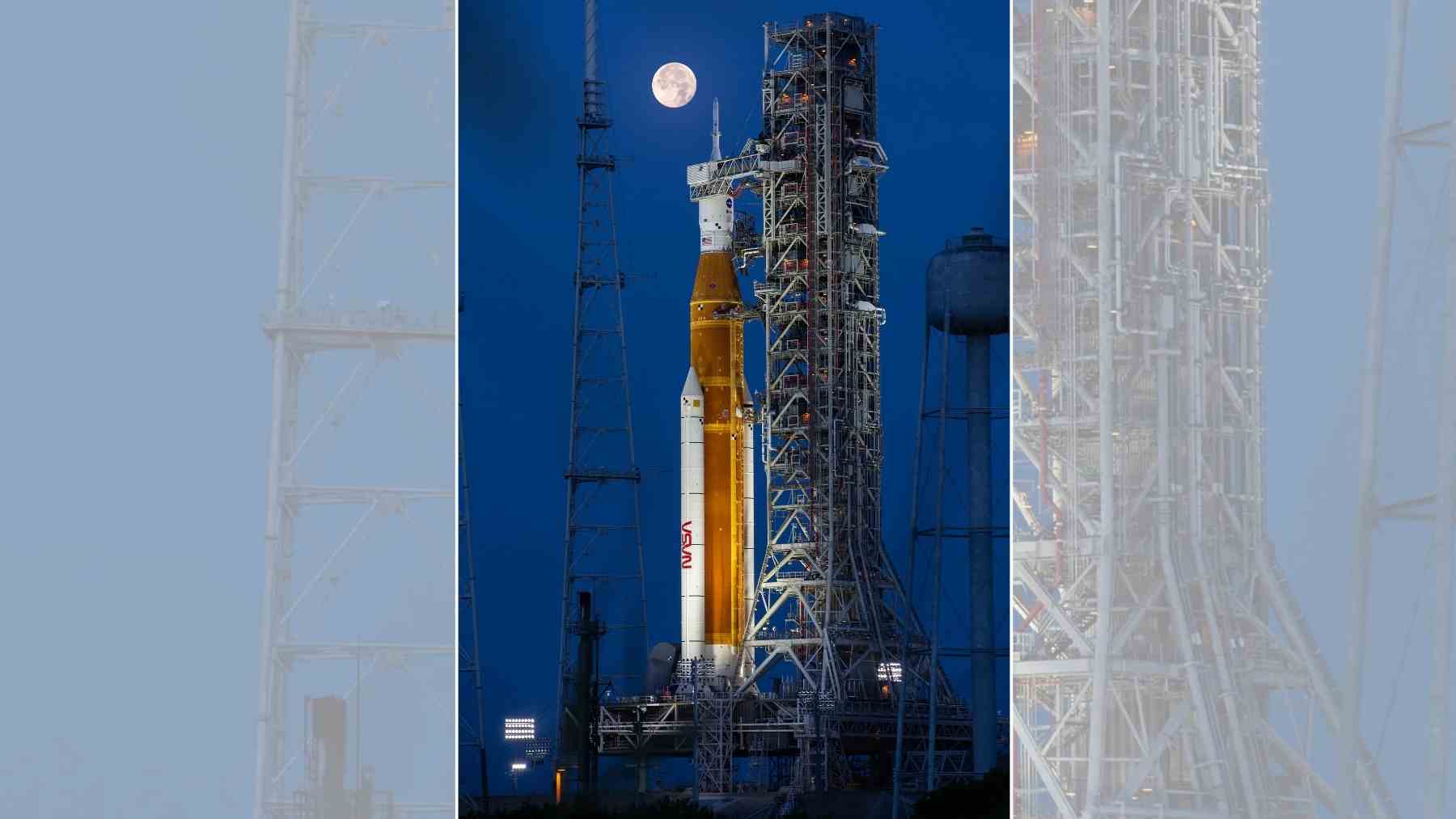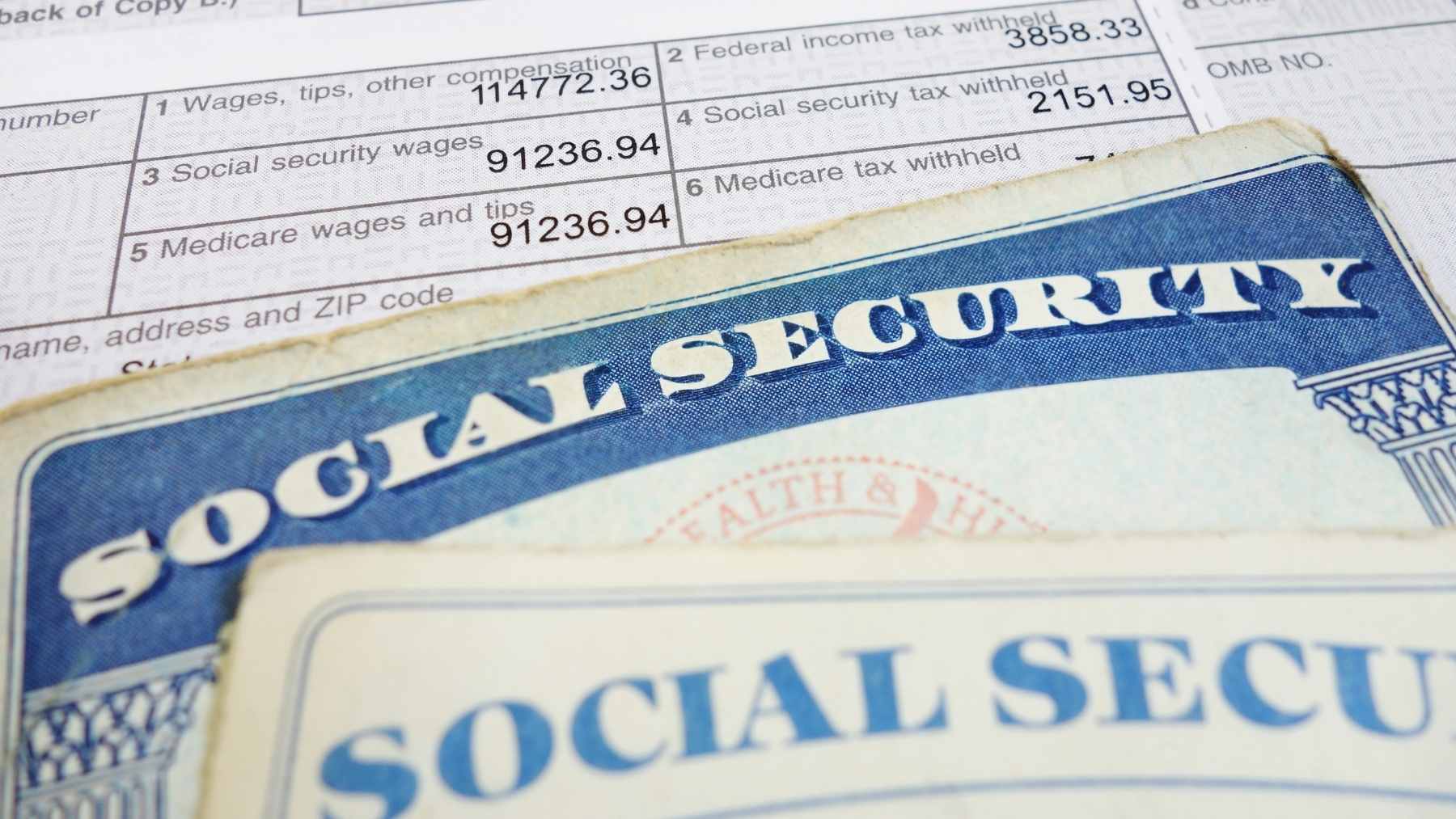The Line is an extraordinarily ambitious project actively undertaken by Mohammed bin Salman, the Crown Prince of Saudi Arabia, which was planned initially as a 170 km long mirrored city with a perspective of the future urbanism. Being a part of the larger scheme Neom, it envisioned a radical form of city that would be populated by 9 million people without any carbon emissions. More recent findings, however, indicate that the perceived ease of executing such a utopia is not as easy hence most of it has been cut back.
The line’s grand vision that aims to sociocentrically build a city and conserve its ecosystem
When it was launched back in 2021, The Line was a transformative design of a city like never seen before. The ambition was to build a straight 170 km long city in Tabuk region of Saudi Arabia. It was to be built further away from the Red Sea, and in its waist, there were no cars or streets.
The city was planned to be completed along the linear direction alleviating urban city drift as a result pollution and deforestation by preserving 95% of the natural landscapes of the tree and providing all the necessities of a resident within five minutes’ walk from his or her house.
The new way of looking at cities, zip city in this case, revolved around the notion of city’s housing as the ultimate centripetal force to build vertical striations of inner urban mixed use, allowing movements between the private, commercial, and public zones both horizontally and vertically.
The concept focused on the improvement of quality of life through urban planning i.e. parks, school, residential and workplaces centralised to save long distance travel, unnecessary roads and traffic. The Line, a perfect melting point of zero carbon living was marketed as a future city, only relying on AI for driving and emitting no waste.
Major drawbacks in light of economic circumstances and overview of its construction
The Line has an ambitious vision; however, it is already undergoing major alterations owing to economic challenges and sophisticated construction techniques. The project, initially pegged at $1.5 trillion, has already experienced cost increases and as the 2024 budget has not been sanctioned yet by Saudi Arabia’s sovereign wealth fund, there have been working down of scope and schedule.
Designed to accommodate 1.5 million people by the year 2030, projections now suggest the city will only be home to around 300,000 residents, and the overall length of the city has also been reduced to 2.5 km. These problems arise from both economic and operational factors.
Concerns in the sector increase about the Line’s completion amid layoffs and cuts in budgets.
The scaling back of The Line has raised concerns regarding the overall accomplishment of the undertaking. Even though the grand vision is still attractive, most industry players think it is improbable to attain the desired targets by the year 2030. Sources indicate that employers have started to lay off employees from the premises, indicating a halt in development.
Due to reduced labor, together with the shortening of the length of the project, doubts have started to arise on whether The Line will ever be what it was intended to be. Yet, some maintain that those bumps do not mean an end of it all, but a postponement. The Line are intricate, and so are the economic issues that are partly attributed to the global crude oil prices.
The Line was pitched as an innovative answer to the problem of urbanization, but doubt remains as to whether the initial concept will be achieved by the year 2030. Conceding some elements of the plan does not equate to defeat – Saudi Arabia still stands an opportunity of achieving an inventive design albeit smaller than the initial one envisioned. Regardless of the outcome, The Line will provide an insightful education concerning the intricacies of city construction, in this case, cities with high-end technology and creativity.














